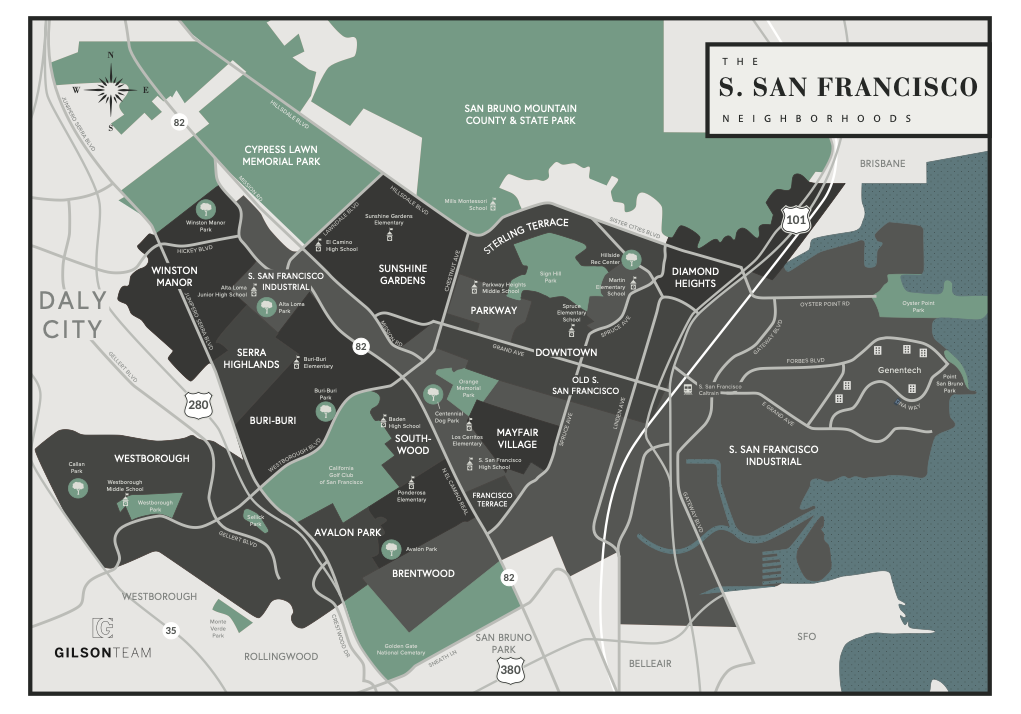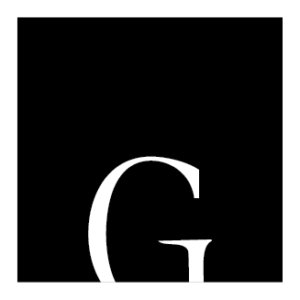As anyone who’s driven past San Bruno Mountain can tell you, South San Francisco is “The Industrial City.” It’s right there, written on the side of the mountain in enormous white concrete letters, the Bay Area’s version of the iconic “Hollywood” sign. Like the Hollywood sign, South San Francisco’s calling card was created in 1923; unlike its southern cousin, which originally advertised a housing development called “Hollywoodland” and not a city, South San Francisco’s sign has been, from its inception, an honest display of civic boosterism. South San Francisco is “the industrial city.” It’s been that way since its earliest days, since before it incorporated in 1908.
Community Links
Back then South San Francisco was a thriving center of industry, with stockyards, steel mills, lumber yards, the Baden Brick Company and the Pacific Car and Equipment Company all doing business within its city limits. In 1915, it was reported, “nine-tenths of the population (of South San Francisco) was workingmen.” In a way, not much has changed since then.
South San Francisco is still a center of commerce, but it’s more “industrious” than “industrial.” The local industry is biotechnology, not cattle, steel and bricks. In 1976, Robert Swanson and Dr. Herbert Boyer founded their company Genentech in a small warehouse located east of Highway 101, an event now credited as being the founding of the biotechnology industry. Four decades later, more than 25 biotech concerns call South San Francisco home.
But South San Francisco is more than a place for biotech. It’s also a thriving community with a historic downtown and plentiful outdoor recreation opportunities. It’s also one of the most affordable places to buy a home on the Peninsula. It has two high schools, three parks, its own CalTrain station and a BART station. Though it’s only 15 minutes from San Francisco, South San Francisco, or “South City,” as it’s sometimes called, has a personality all its own.
Grand Avenue is the heart of this unique city. Here you can find all sorts of locally-owned businesses, including a dizzying number of inexpensive restaurants serving authentic food from all around the world including Galli’s Sanitary Bakery, which has been in the same spot since 1909 and, a few blocks away, Bertolucci’s restaurant, a favorite of politicians and athletes in the past and still going strong today. Bronstein Music, a destination for Bay Area amateur and professional musicians, has been part of downtown South San Francisco since 1946.
The streets around Grand Avenue are populated by small bungalows that would be equally at home in San Francisco – sturdy, pre-war, barrel-fronted homes standing side-by-side with Victorians on small lots. The difference is that in South San Francisco, these homes cost significantly less than they would in The City. In July, the median price for homes sold in South San Francisco was $690,700. Among San Mateo County cities, only East Palo Alto homes sold for significantly less.
In South San Francisco you can live near downtown or you can live on a hillside with panoramic views of San Francisco Bay. You can live in a vintage cottage or a 4,000 square-foot contemporary mini-mansion in Mandalay Heights, or you can settle into one of the post-war subdivisions scattered throughout the South City, where pride of ownership is reflected in the rows of neatly landscaped lawns that line each street.
Wherever you live, or even if you’re just visiting, you can take advantage of South San Francisco’s Centennial Trail, a 2.8-mile track for hiking and cycling that opened in 2009 along the old San Francisco-San Jose Rail bed (and atop the present-day BART route). Add to this multi-use Orange Park and Sign Park, plus Oyster Point Park’s beach, marina and fishing pier and a segment of the 500-mile San Francisco Bay Trail and you’ve got ample outdoor options for South San Francisco locals.
You can see all of this from Sign Park, high up the southern slope of San Bruno Mountain, where in 1929 South San Francisco voters approved a special property tax assessment to transform the original South San Francisco sign into the sturdy concrete one that today looks out over its namesake city, maybe less industrial today than it was then but industrious as ever.


